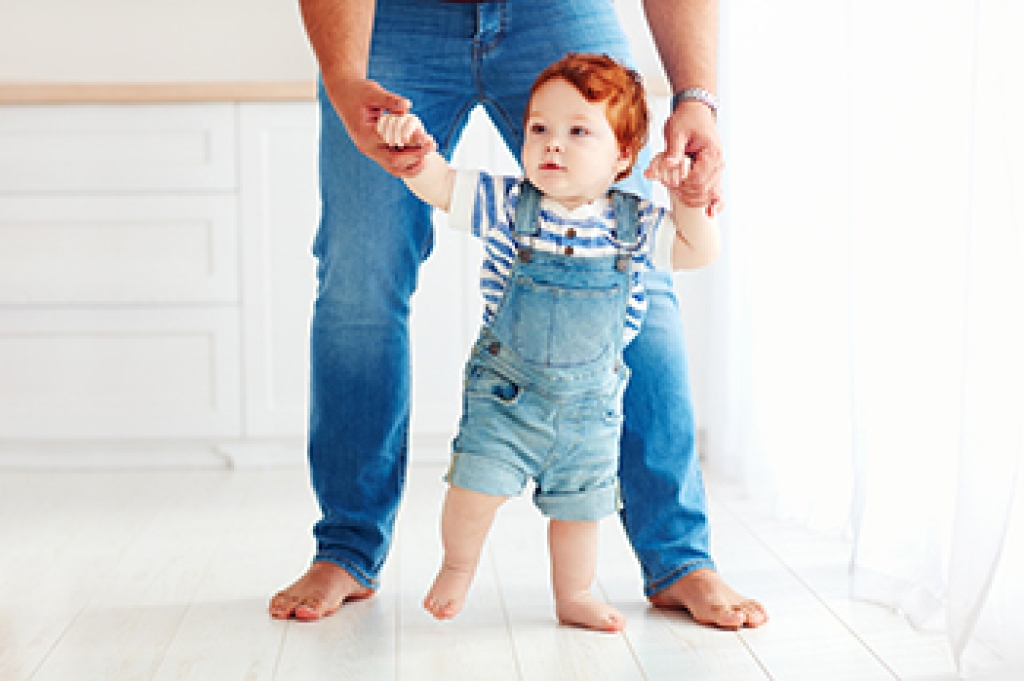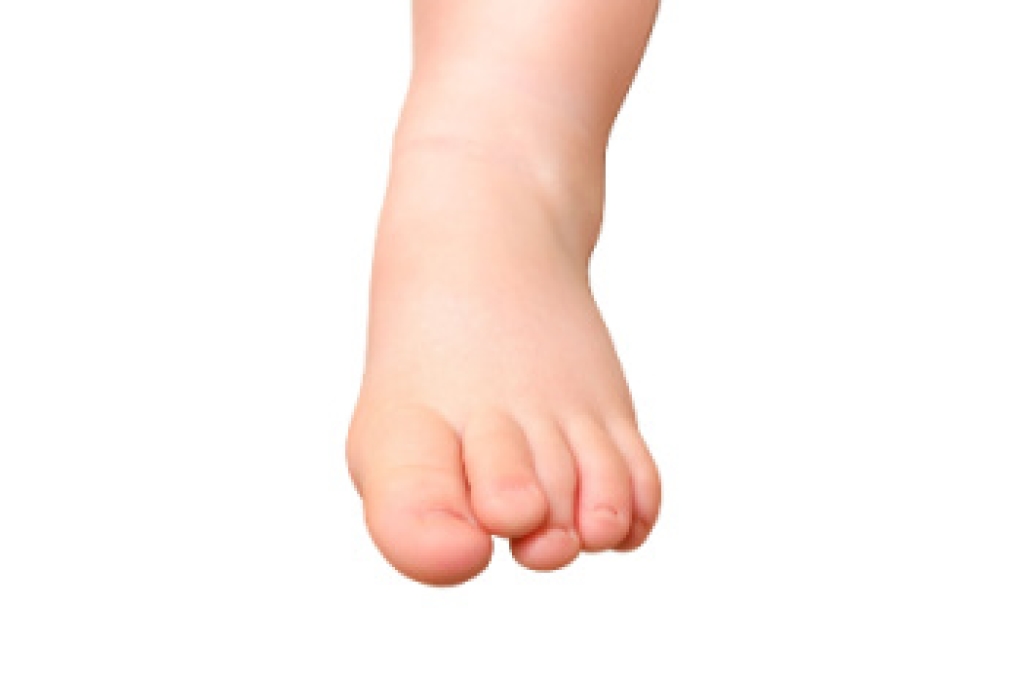
Choosing shoes for a toddler is an important step because their feet are still developing and the bones are soft. Bare feet at home help new walkers learn balance, but shoes for outdoors are needed to protect the feet from rough or cold ground. When selecting shoes for a toddler, look for soft materials, flexible soles, and fastenings that hold the foot securely without squeezing the toes. There should be enough space at the front for toes to move and spread, and the heel should not slip. Canvas, cotton, or leather help keep the feet cool, while synthetic materials can trap moisture. Your toddler’s shoes should be checked frequently because their feet grow quickly and tighter shoes can inhibit normal foot growth. A podiatrist can evaluate your toddler’s feet and offer advice on proper fit. For help in selecting the proper footwear for a toddler or to address any existing foot problems, it is suggested that you schedule an appointment with a podiatrist for a diagnosis and appropriate treatment.
Making sure that your children maintain good foot health is very important as they grow. If you have any questions, contact David Lambarski, DPM of Northeast Foot Care. Our doctor can provide the care you need to keep you pain-free and on your feet.
Keeping Children's Feet Healthy
Having healthy feet during childhood can help prevent medical problems later in life, namely in the back and legs. As children grow, their feet require different types of care. Here are some things to consider...
Although babies do not walk yet, it is still very important to take care of their feet.
Avoid putting tight shoes or socks on his or her feet.
Allow the baby to stretch and kick his or her feet to feel comfortable.
As a toddler, kids are now on the move and begin to develop differently. At this age, toddlers are getting a feel for walking, so don’t be alarmed if your toddler is unsteady or ‘walks funny’.
As your child gets older, it is important to teach them how to take care of their feet.
Show them proper hygiene to prevent infections such as fungus.
Be watchful for any pain or injury.
Have all injuries checked by a doctor as soon as possible.
Comfortable, protective shoes should always be worn, especially at play.
If you have any questions, please feel free to contact our offices located in Amsterdam and Clifton Park, NY . We offer the newest diagnostic and treatment technologies for all your foot care needs.




